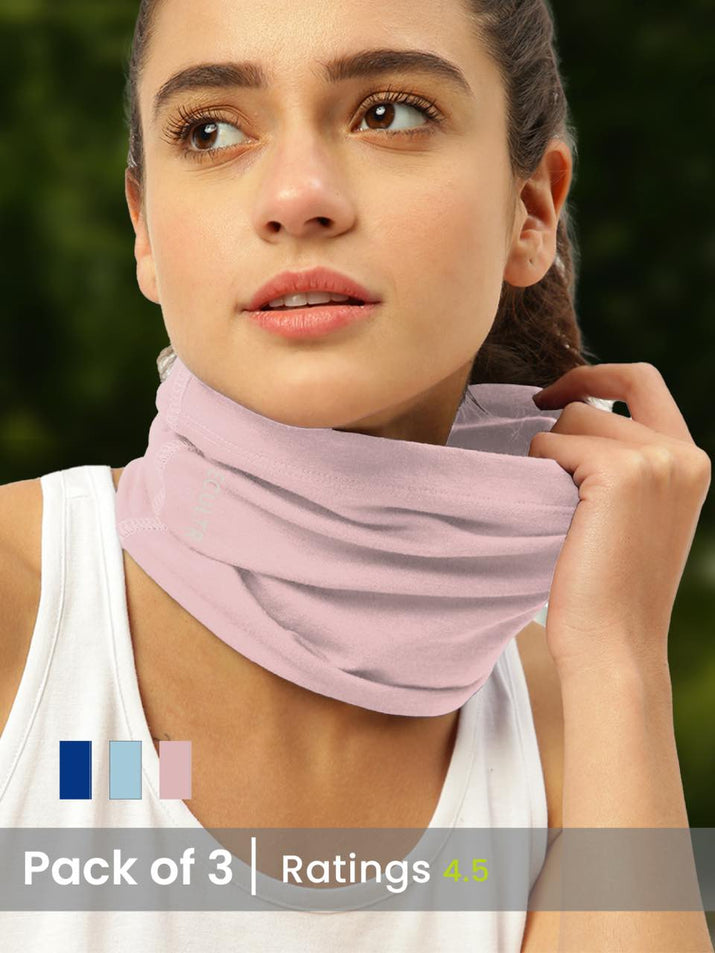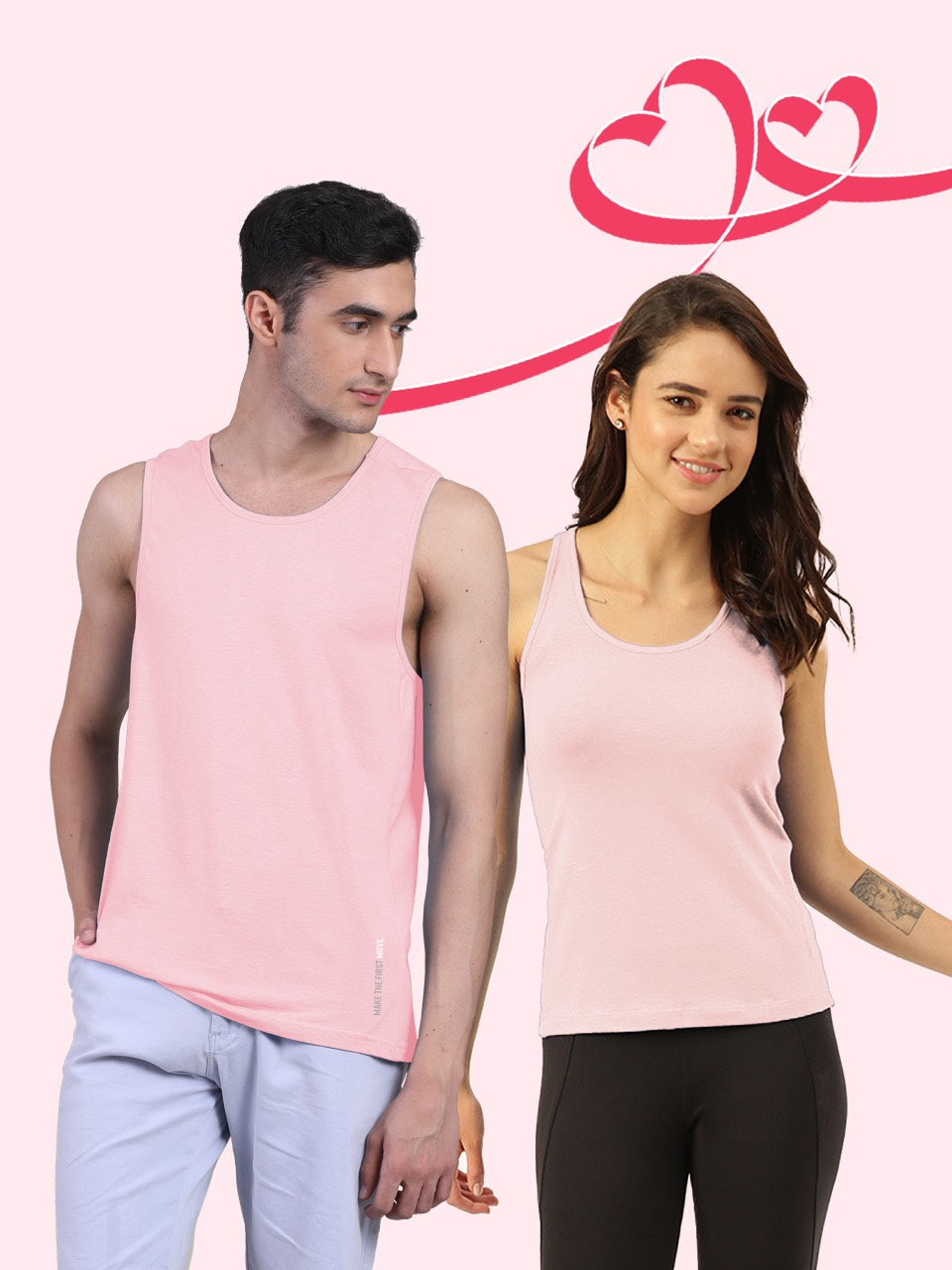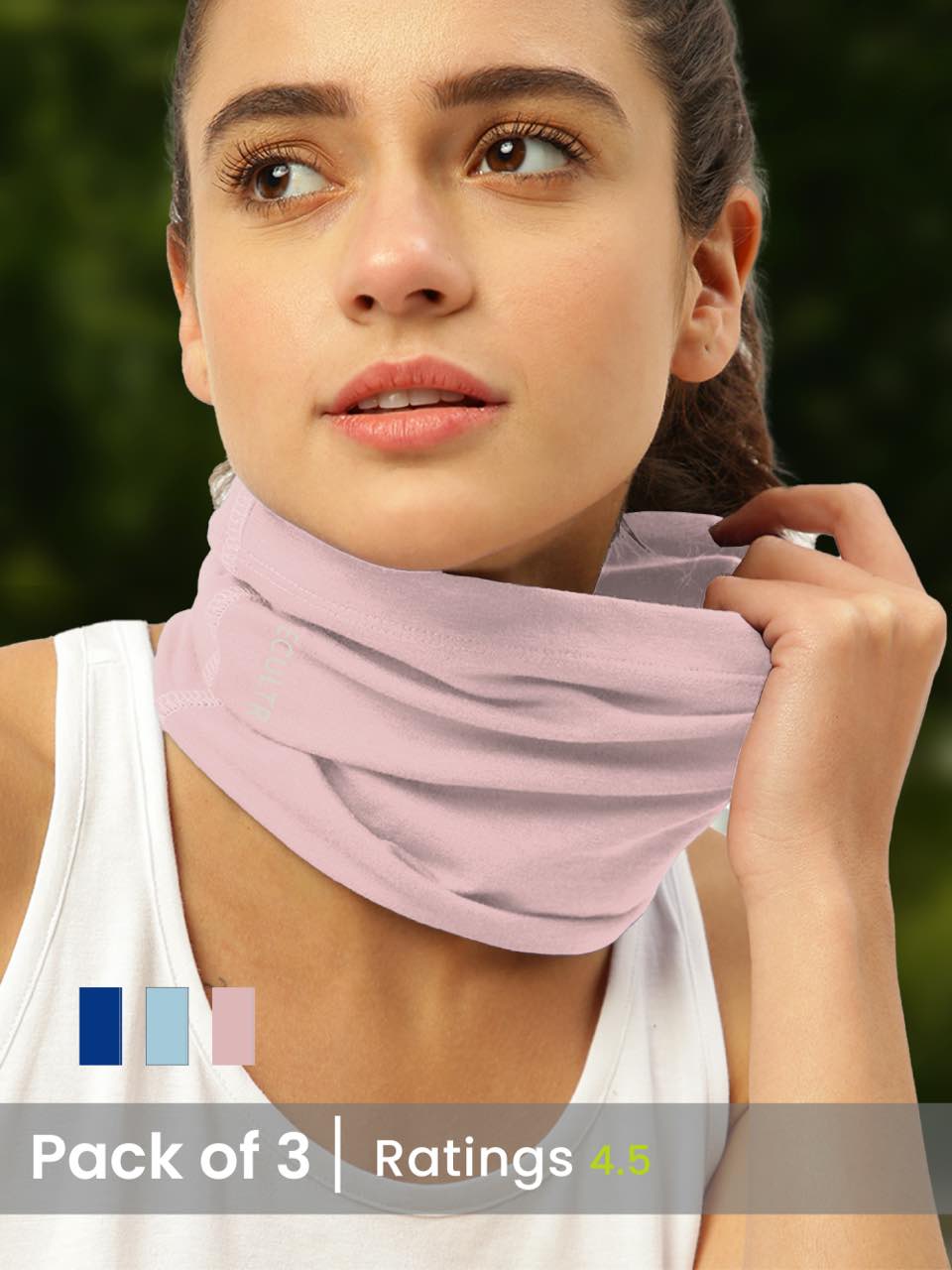Originally a pragmatic textile, the bandana now transcends its utilitarian origins, establishing itself as a highly versatile accessory. Manufacturers primarily utilize woven cotton or, increasingly, advanced moisture-wicking synthetics like polyester blends, producing a square fabric that offers diverse applications from head covering and neck protection to improvised filtration and wound dressing. Current fashion trends, spanning streetwear to outdoor performance wear, seamlessly integrate bandanas as both a stylistic accent—consider classic paisley patterns or modern branded graphics—and a functional element, providing essential UV protection or efficient sweat management during activities. This adaptability, driven by advancements in material science and evolving cultural adoption, firmly cements the bandana's enduring relevance in contemporary style and everyday utility.

The Enduring Appeal of the Bandana
A seemingly simple square of cloth, the bandana holds an unparalleled position in the world of accessories. Far more than just a piece of fabric, the bandana has transcended its humble origins to become a symbol of versatility, personal expression. Undeniable comfort. Its enduring appeal lies in its remarkable adaptability, effortlessly transitioning from a practical tool to a powerful fashion statement. Whether you're a seasoned outdoor enthusiast, a fashion-forward individual, or simply seeking a practical everyday item, the bandana offers a unique blend of style and utility that few other accessories can match. This article will delve deep into the multifaceted world of the bandana, exploring its rich history, diverse applications. Why it remains a timeless staple in wardrobes across the globe.A Journey Through Time: The Rich History of the Bandana
The history of the bandana is as vibrant and varied as its many designs. The term "bandana" itself is believed to originate from the Hindi word "bāndhanā," meaning "to tie" or "to bind," referring to the traditional tie-dyeing process used to create intricate patterns. Early forms of the bandana can be traced back centuries, serving as practical head coverings, sweat absorbers. Even basic filters in various cultures across Asia and the Middle East. In the Western world, the bandana gained prominence during the American Revolution, notably with Martha Washington designing a commemorative bandana featuring George Washington. As industrialization took hold, bandanas became a common sight among working-class individuals, including cowboys, miners. Railroad workers, who relied on them for protection from dust, sun. Sweat. During World War II, "Rosie the Riveter" famously wore a red polka-dot bandana, transforming it into an iconic symbol of female empowerment and contributions to the war effort. The 20th century further cemented the bandana's status, seeing it adopted by various subcultures, from bikers and gang members to musicians and activists, each imbuing the bandana with new layers of meaning and identity. Today, the bandana continues its evolution, celebrated globally for its practicality and its potent symbolic versatility.The Bandana as a Canvas: Mastering Style and Fashion
The bandana's charm as a fashion accessory lies in its incredible versatility. It's a blank canvas, ready to be folded, tied. Worn in countless ways to express individual style or complement an outfit. From casual chic to sophisticated flair, a single bandana can transform a look.- Classic Necktie: Folded diagonally into a triangle and tied around the neck, this adds a touch of retro charm or a pop of color to a simple t-shirt or collared shirt. It's a timeless way to wear a bandana.
- Headband or Hair Tie: A popular method for both style and function, keeping hair out of the face. Fold a bandana into a narrow strip and tie it around the forehead, or use it to secure a ponytail or bun. This use of a bandana is particularly effective for active lifestyles.
- Wrist Accessory: A simple knot around the wrist can serve as a stylish bracelet, adding a subtle accent to an outfit. This is a quick and easy way to incorporate a bandana into your daily wear.
- Bag Embellishment: Tie a bandana to the handle of a handbag or backpack to add a personalized touch and a splash of color. It's an easy way to refresh an old bag.
- Pocket Square Alternative: For a more casual take on formal wear, a neatly folded bandana can replace a traditional pocket square, bringing a laid-back elegance.
- Belt Accent: Weave a bandana through belt loops or tie it around the waist as a unique belt, especially with high-waisted jeans or skirts.
- Face Covering (Fashion/Sun Protection): While not a medical-grade mask, a bandana can offer a basic layer of face coverage for light dust or sun protection, or simply as a stylistic choice.
Unlocking Utility: Practical Applications of the Bandana
Beyond its aesthetic appeal, the bandana is a highly functional item, offering practical solutions for everyday challenges and outdoor adventures. Its simple design belies its extensive utility, making it an indispensable tool for many.- Sweat Management: Whether you're hiking, working out, or simply enduring a hot day, tying a bandana around your forehead or neck can effectively absorb sweat, keeping you cooler and more comfortable.
- Sun Protection: Used as a head covering or neck gaiter, a bandana provides vital protection against harmful UV rays, preventing sunburn on exposed skin.
- Dust and Debris Filter: In dusty environments, such as construction sites or during outdoor activities, a bandana can be tied over the mouth and nose to filter out airborne particles, offering basic respiratory protection.
- Emergency First Aid: In a pinch, a clean bandana can serve as a makeshift bandage, tourniquet, or sling for minor injuries. Its absorbency makes it useful for controlling bleeding.
- Cooling Aid: Dampen a bandana with water and wear it around your neck or head for an immediate cooling effect on hot days. This is a common practice among athletes and outdoor workers.
- Pot Holder/Hot Pad: When camping or cooking outdoors, a folded bandana can protect hands from hot pots or serve as a hot pad for surfaces.
- Signal Flag/Marker: A brightly colored bandana can be used to mark a trail, signal for help, or identify group members in crowded areas.
- Cleaning Cloth: Its soft, absorbent fabric makes a bandana suitable for wiping lenses, screens, or general cleaning tasks when nothing else is available.
Understanding Your Bandana: Materials, Sizing. Care
While the basic concept of a bandana remains consistent, variations in material and size can significantly impact its feel, drape. Utility. Understanding these aspects helps in choosing and maintaining your perfect bandana. Most bandanas are made from:- Cotton: The most common material, cotton bandanas are soft, breathable, absorbent. Durable. They are comfortable against the skin and easy to care for, making them ideal for everyday use and practical applications.
- Polyester/Synthetics: These bandanas often offer quick-drying properties and resistance to wrinkles, making them suitable for athletic or outdoor activities where moisture-wicking is desired. They might feel less natural than cotton.
- Silk: For a more luxurious and fashionable bandana, silk offers a smooth, elegant drape and a soft feel. Silk bandanas are typically worn for aesthetic purposes rather than heavy-duty utility.
// General Care Instructions for Cotton Bandanas 1. Machine wash cold with like colors. 2. Use a gentle cycle. 3. Tumble dry low or hang to dry to prevent shrinking and fading. 4. Iron on a medium setting if desired to remove wrinkles. 5. Avoid bleach, as it can damage fabric and fade colors.
For silk or synthetic bandanas, always check the specific care label, as they may require hand washing or different drying methods to maintain their integrity. Proper care ensures your bandana remains vibrant, comfortable. Durable for years of use. Bandana Versus the Rest: A Comparison of Versatility
While many accessories offer style or utility, few rival the bandana in its sheer breadth of application and cost-effectiveness. Let's compare the bandana to some common alternatives to highlight its unique advantages.| Feature | Bandana | Traditional Scarf | Baseball Cap | Neck Gaiter |
|---|---|---|---|---|
| Primary Function | Versatile (Style, utility, protection) | Style, warmth | Sun protection, casual style | Warmth, sun/dust protection |
| Material Versatility | Cotton, polyester, silk | Wool, silk, cashmere, synthetic | Cotton, polyester, wool blends | Polyester, merino wool |
| Styling Options | Headband, necktie, wrist, bag, etc. (High) | Neck wraps, shoulder drape (Medium) | Headwear only (Low) | Neck, face (Medium) |
| Practical Uses (Beyond Style) | Sweat absorption, first aid, filter, cooling, cleaning (High) | Warmth, minor sun protection (Low) | Sun protection (Medium) | Warmth, dust/sun protection, sweat (High) |
| Portability | Folds small, lightweight (Excellent) | Can be bulky depending on material (Good) | Fixed shape, takes up space (Moderate) | Folds small, lightweight (Excellent) |
| Cost-Effectiveness | Very affordable (High) | Varies widely (Low to High) | Generally affordable (Medium) | Moderately affordable (Medium) |
| Seasonality | Year-round (adapts to climate) | Primarily cool/cold weather | Primarily warm weather | Year-round, depending on material |
Selecting and Maintaining Your Perfect Bandana
Choosing the right bandana and ensuring its longevity involves a few simple considerations. Whether you prioritize fashion, function, or both, these tips will help you make an informed choice and keep your bandana in excellent condition.- Consider the Purpose: If primarily for fashion, focus on patterns, colors. Materials like silk for a luxurious feel. For utilitarian purposes (e. G. , hiking, work), opt for durable cotton for its absorbency and breathability.
- Material Matters: Cotton is the most versatile and comfortable for general use. Polyester blends are great for active wear due to their quick-drying properties. Silk offers a premium feel for dressier occasions.
- Size for Your Needs: Standard 22x22 inch bandanas are excellent for most uses. If you plan on elaborate head wraps or need more coverage, look for larger sizes (e. G. , 27x27 inches). Smaller ones are ideal for wrist ties or pet accessories.
- Pattern and Color: This is where personal expression shines. Traditional paisley designs are classic. Modern bandanas come in countless prints, solid colors. Abstract patterns. Choose what resonates with your style and wardrobe.
- Check the Hem: A well-made bandana will have a neatly stitched hem. This prevents fraying and ensures the bandana holds its shape over time, especially after multiple washes.
- Pre-Wash if Desired: Some new bandanas, especially cotton ones, might feel a bit stiff. A quick wash before the first use can soften the fabric and improve comfort.
- Follow Care Instructions: As mentioned previously, adhering to the washing and drying guidelines specific to your bandana's material will prolong its life, maintain its color vibrancy. Prevent shrinking or damage. Treat your bandana well. It will serve you faithfully for years.
Conclusion
The bandana, far more than a simple square of fabric, truly stands as a testament to versatile style and indispensable everyday comfort. We've explored its evolution from a practical utility item to a fashion staple, capable of transforming an ordinary outfit into a statement piece. Consider how it effortlessly adapts, whether tied as a chic hair accessory for a brunch outing, a sweatband during a brisk morning jog, or even a subtle pop of color peeking from a back pocket, aligning perfectly with today's minimalist yet expressive fashion sensibilities. My personal tip? Always keep one handy. I've personally found it invaluable for unexpected sun protection on an impromptu hike or as a quick face covering in dusty conditions, proving its timeless utility beyond mere aesthetics. Its recent resurgence across street style and festival scenes underscores its enduring appeal and adaptability. Don't just admire; embrace this humble accessory. Let the bandana be your next canvas for self-expression and practical elegance, adding a touch of effortless cool to your daily wardrobe.More Articles
Men's Bandana – Versatile Style & Practical ProtectionTees – Everyday Comfort & Effortless Style
Men's Brief – Essential Comfort & Streamlined Design
Women's Boxers – Relaxed Fit & Unrestricted Movement
Women's Boy Shorts – Seamless Fit & Active Lifestyle
FAQs
So, what exactly is a bandana?
, it's a square piece of cloth, usually cotton, that's super versatile. People love them because they're comfy and can be styled in tons of ways.
How many ways can I actually wear one?
Oh, loads! You can tie it around your head as a headband, a neckerchief, a face covering, or even a wristband. Some people even use them as bag accessories or pocket squares. The possibilities are pretty much endless!
Are bandanas truly comfortable for everyday use?
Absolutely! Most are made from soft, breathable cotton, making them really pleasant against your skin. They're lightweight and don't feel bulky, so you can easily wear one all day without noticing it.
What materials are bandanas typically made from?
The most common material is 100% cotton, which is great because it's soft, absorbent. Breathable. You might also find some made from polyester blends or silk. Cotton is definitely the classic choice.
Can bandanas be used for more than just looking cool?
Definitely! Beyond style, they're super practical. Think sweatbands for workouts, a makeshift dust mask, a quick way to tie back hair, or even a mini-towel in a pinch. They're surprisingly useful!
How should I wash my bandana to keep it nice?
It's usually pretty simple. Most cotton bandanas can be machine washed with similar colors in cold water. Tumble dry on low or air dry to help them last longer and keep their shape.
Are bandanas just for certain people or styles?
Not at all! Bandanas are truly for everyone. They're a timeless accessory that fits any gender, age, or personal style. Whether you're going for a casual, edgy, or even a more polished look, a bandana can easily fit right in.






